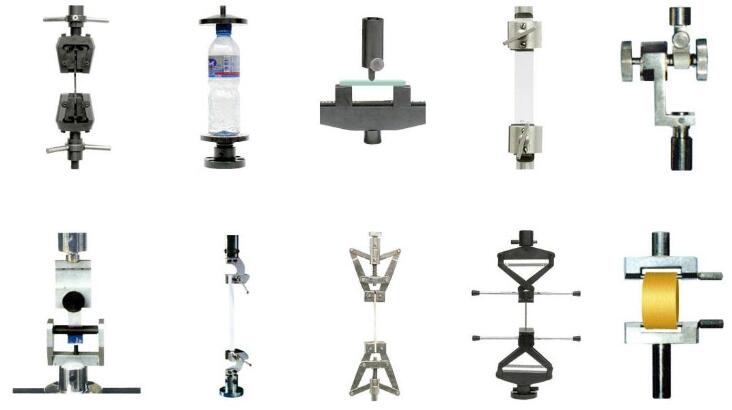- Qinsun Instruments Co., Ltd.
- Tell:+86-21-6780 0179
- Phone:+86-17740808215
- Address:No. 2578 Minhang District Gu Dai Road, Shanghai
- Contact:Mr. Li
- QQ:846490659
Types and items of chemical testing

What are the methods of chemical testing
Generally, it is divided into organic pigments, such as phthalocyanine green, etc; Inorganic pigments such as iron oxide red and titanium dioxide; Dyes such as reduced peach red, dispersed orange, etc. The polyolefin and PVC masterbatch use pigments, and generally, dyes cannot be used for polyolefin coloring, otherwise it will cause serious migration
2、 Dispersants mainly wet the surface of pigments, which is conducive to further dispersion of pigments and stability in resins. At the same time, they must have good compatibility with resins and not affect the quality of colored products. Polyolefin color masterbatch dispersants generally use low molecular weight polyethylene wax or zinc stearate. Engineering plastic color masterbatch dispersants generally use polar low molecular weight polyethylene wax, magnesium stearate, calcium stearate, etc. Thirdly, carrier resins
Uniformly distribute pigments and make the color masterbatch granular. When selecting a carrier, compatibility with the colored resin should be considered, and the masterbatch should have good dispersibility. Therefore, the flowability of the carrier should be greater than that of the colored resin, and the coloring should not affect the quality of the product. For example, if selecting a high melt index polymer of the same type, the melt index of the masterbatch should be higher than that of the coated polymer to ensure consistent color of the final product
Chemical testing generally includes: analysis of unknown substances (composition analysis), formulation development, comprehensive utilization and identification of renewable resources, detection and identification of dioxins, detection and identification of hazardous waste, full analysis and structural confirmation of approval, food material testing, rural material testing, feed and food grade contact material testing, medical and health product testing, pesticide testing, veterinary drug testing, fertilizer testing, environmental testing and detection, daily chemical product testing Testing of hazardous chemicals in toys, textiles, leather, and other materials, testing of toxic and harmful substances in electronic appliances, quality testing of oil products, classification of kitchen waste, environmental reliability testing, material performance analysis, metal mineral testing, identification of transportation conditions, chemical testing, hazard identification, industrial fault diagnosis and failure analysis
Common chemical raw material testing items:
Inorganic performance testing: compound content, moisture, chloride, heavy metal content, burning residue, pH value, boiling point, melting point, insoluble matter content, density, whiteness, volatile matter at 105 ℃, sieve residue, oil absorption, particle size distribution, activity determination, pH value, packing density, etc
Organic performance testing: purity and impurity content, acidity, moisture, chromaticity, residual evaporation, crystallization point, hydroxyl compounds, polymerization inhibitors, peroxides, pH value, total aldehyde content, boiling range, boiling point, melting point, alcohol content, density, etc





